To the casual observer, the reshuffle of design leadership at Jaguar Land Rover might not be much more than internal house management and a reward for Gerry McGovern’s usually successful long-run (from the 1985 MG E-XE concept to the upcoming Range Rover 5) at the various companies that used to make up British Leyland.
However, a source has told Autocar that the new management under CEO Thierry Bolloré is actively considering combining JLR design activities under one roof. A single design studio would, it is argued, make more operational sense and help Jaguar avoid the limitations of operating as small stand-alone operation.
Indeed, as Bolloré and his team work intensively on their restructuring plans for JLR, it is also being suggested that Jaguar will be fully folded into the Land Rover operation making it a genuine single company for the first time.
This would be huge change for the nameplate, which has managed to retain its independent identity during a tumultuous 50 years. It would also raise a question mark over the future size of Jaguar as a brand and its range of models.
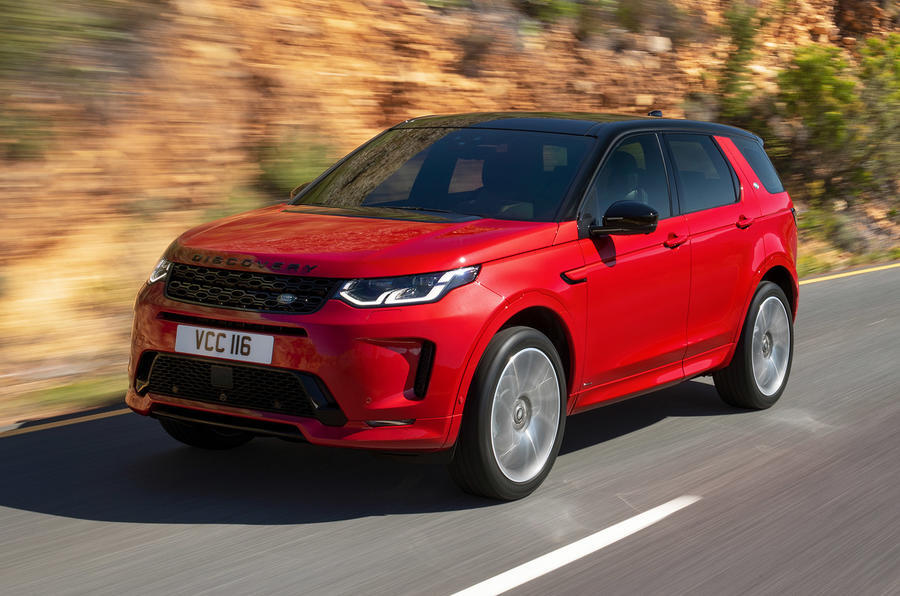
When Jaguar became part of the British Motor Holdings conglomerate in 1965, it was still a family firm, run by Sir William Lyons. As part of BMH and, 18 months later, British Leyland Motor Corporation, it remained a stand-alone operation.
Sale to Ford in 1989 made no difference to its status despite it being a very small operation.
Even Ford’s sale of Jaguar to Indian giant Tata did not greatly impact on Jaguar’s independence of product development and, after the demise of its post-war Browns Lane factory, it also found a new production base at Castle Bromwich.
However, the combination of the sales impact from the global pandemic and the huge costs for JLR’s development of the MLA architecture means Jaguar’s days of semi-independence may be coming to an end.
The cold hard facts are that the XE and XF saloons were sales failures by any global comparison and the expansion of the Jaguar rage with modest-selling models such as the E-Pace and I-Pace via licensed production overseas may not have been especially profitable ventures.
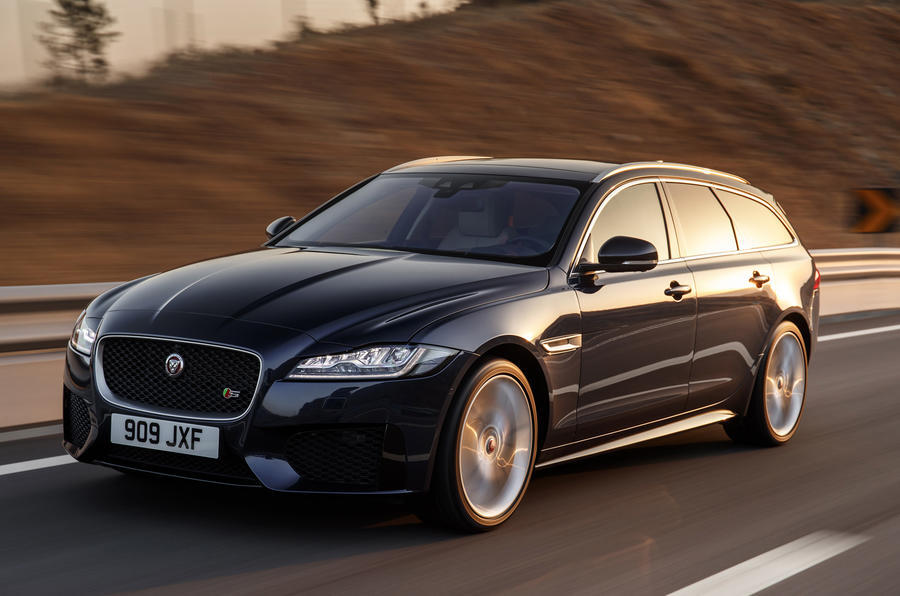


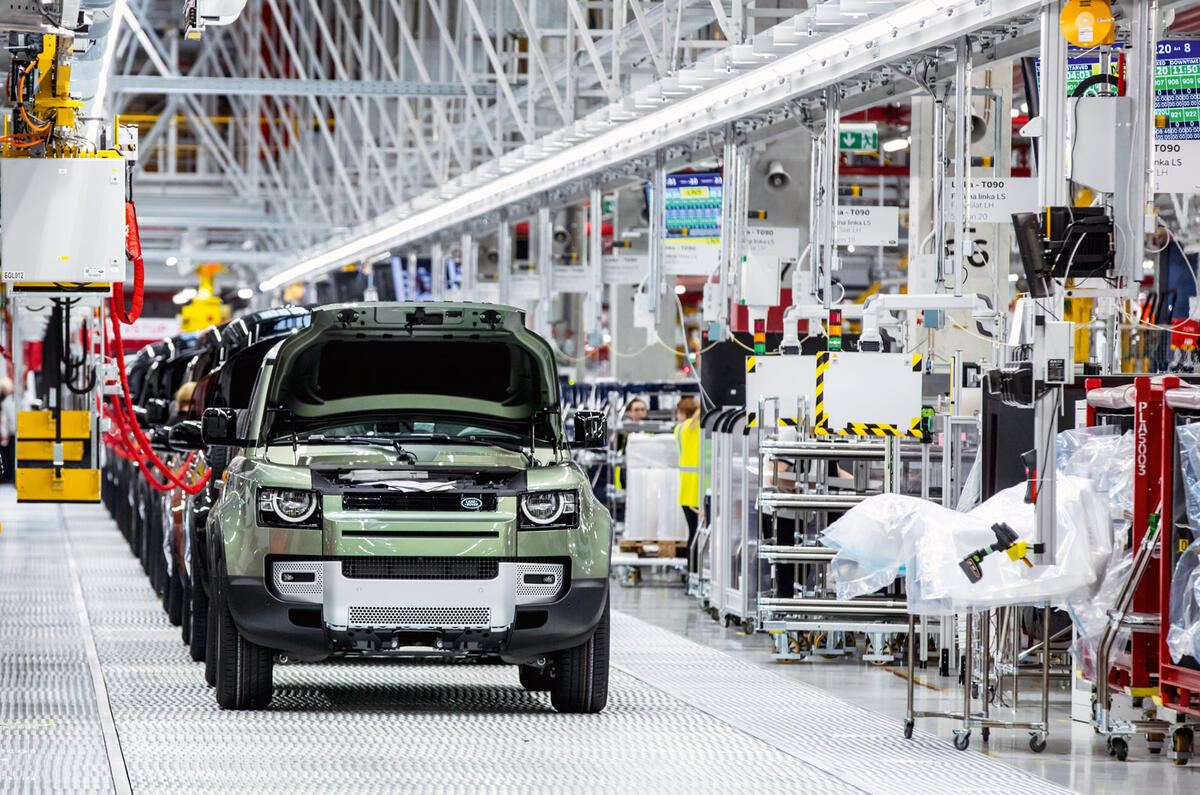
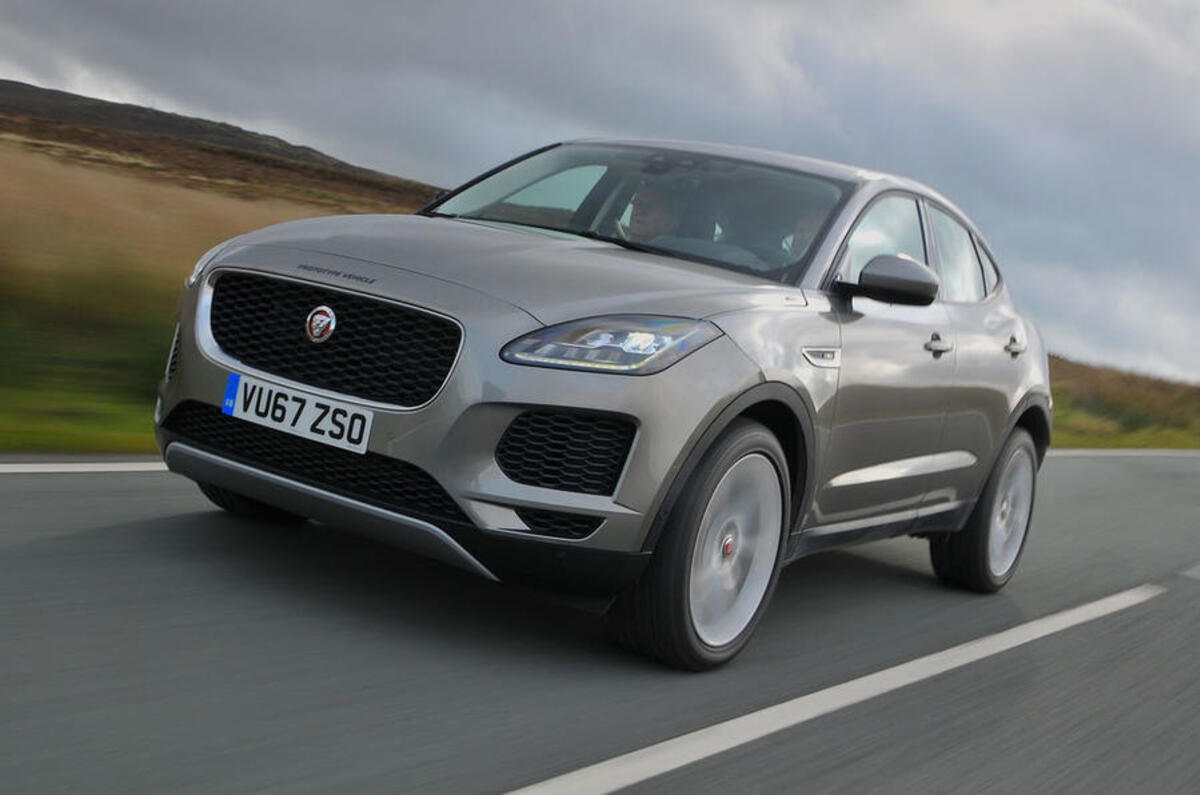
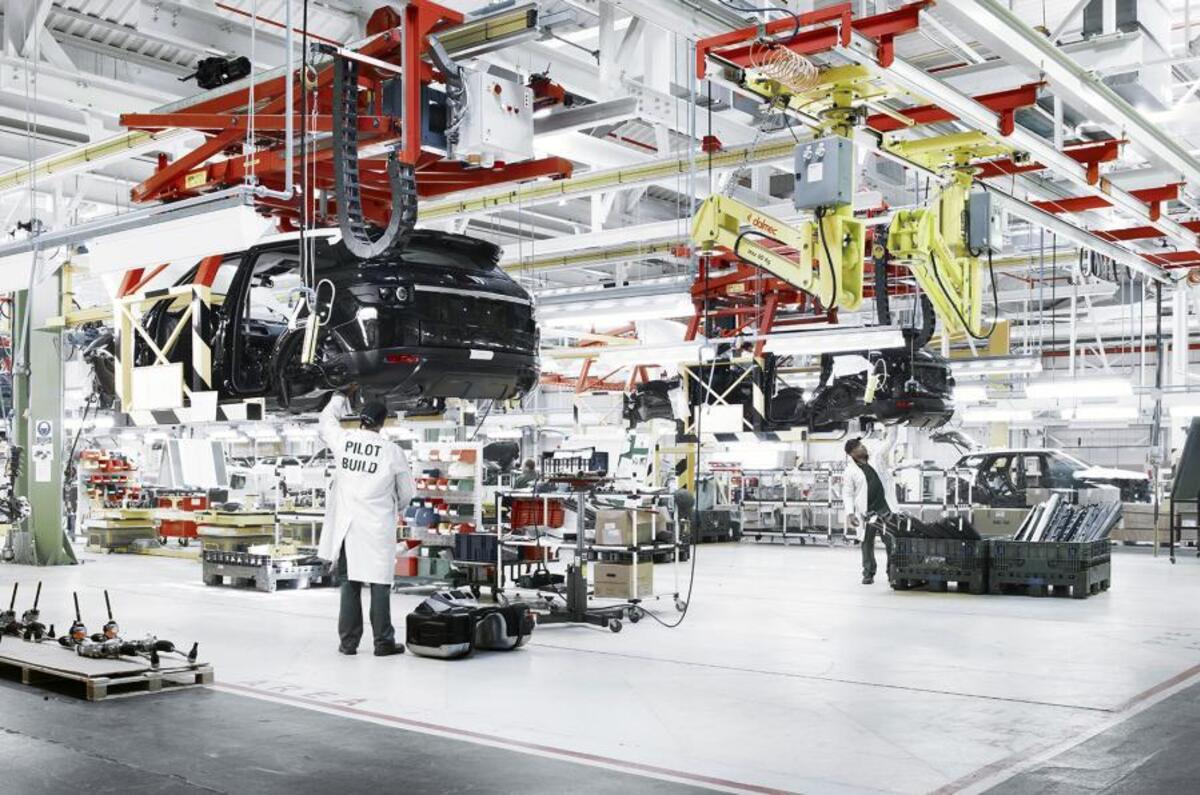
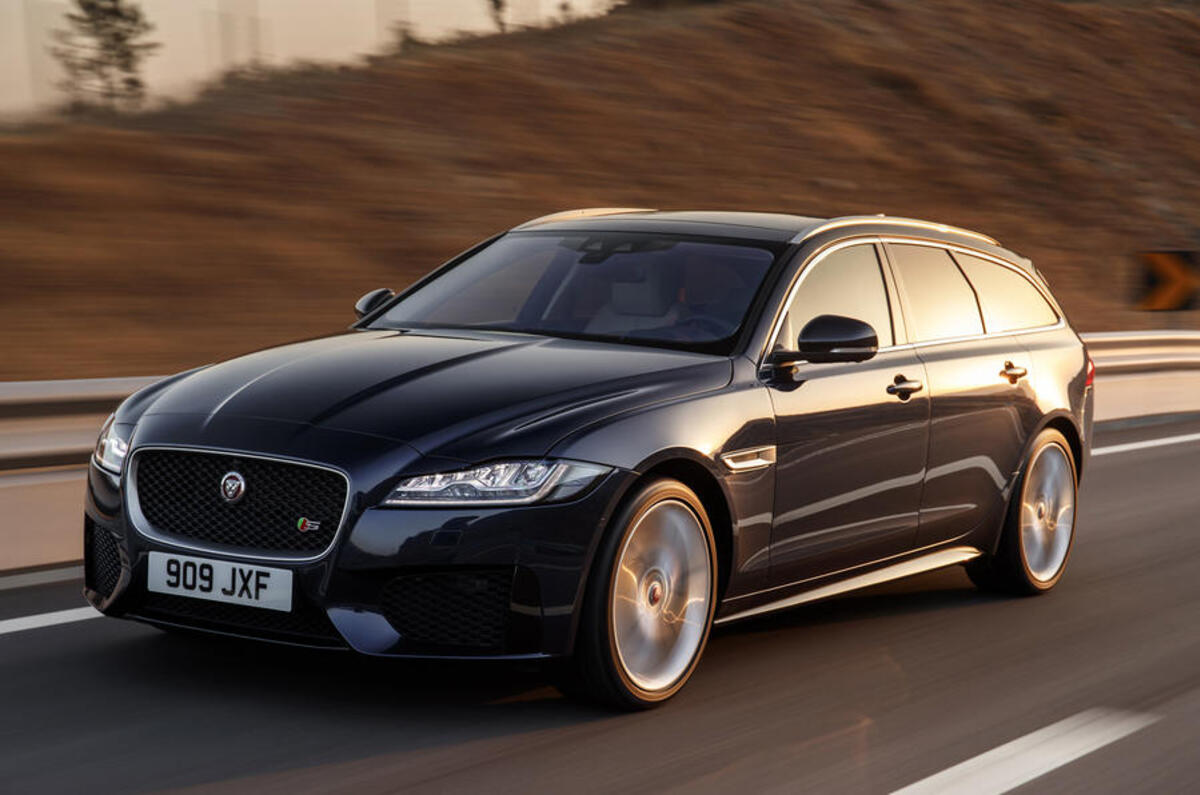
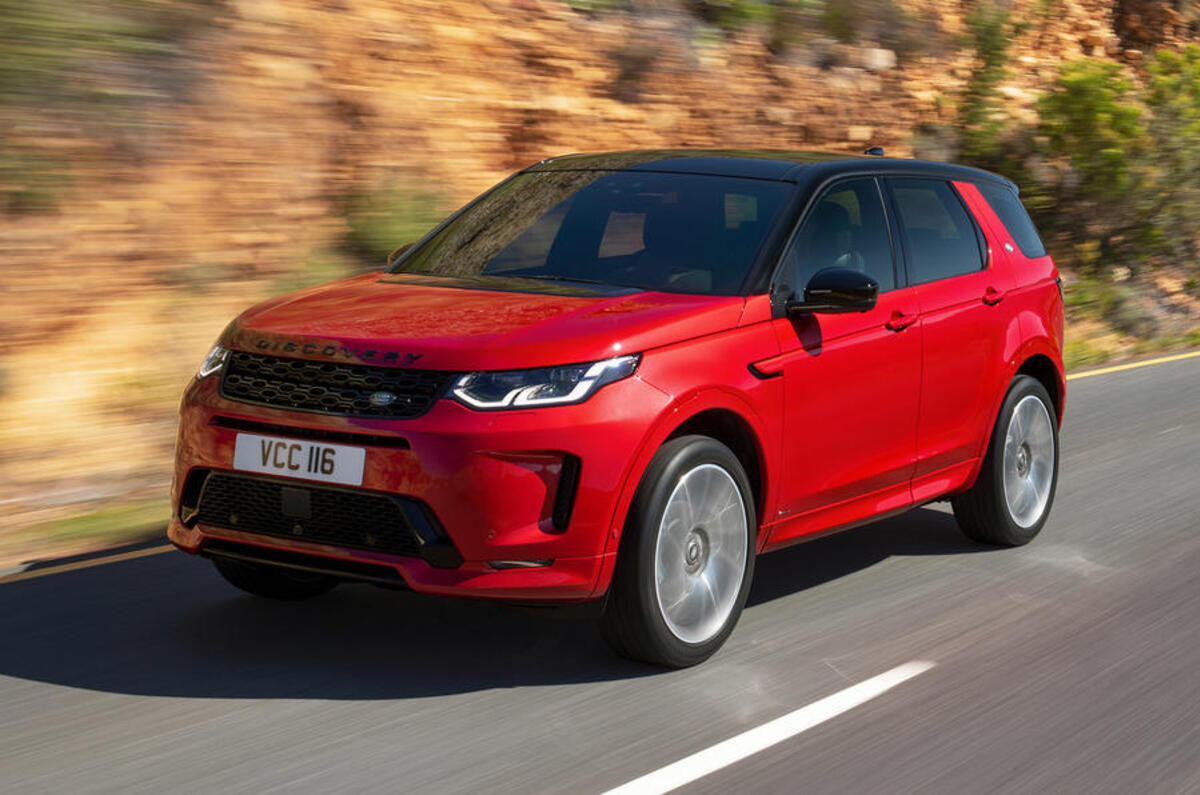
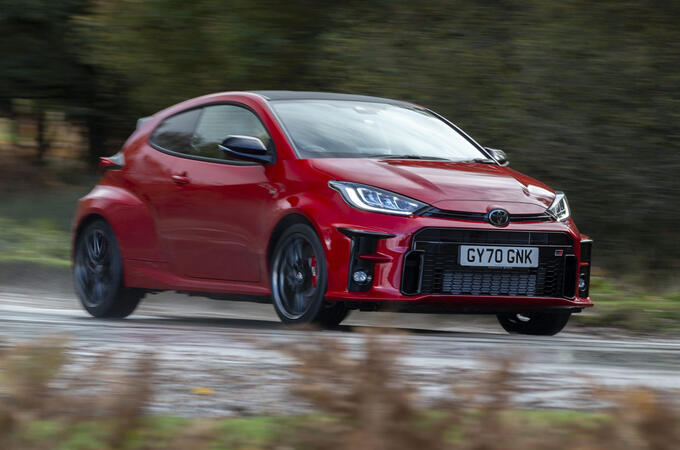




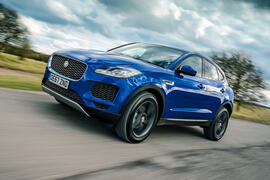

Add your comment